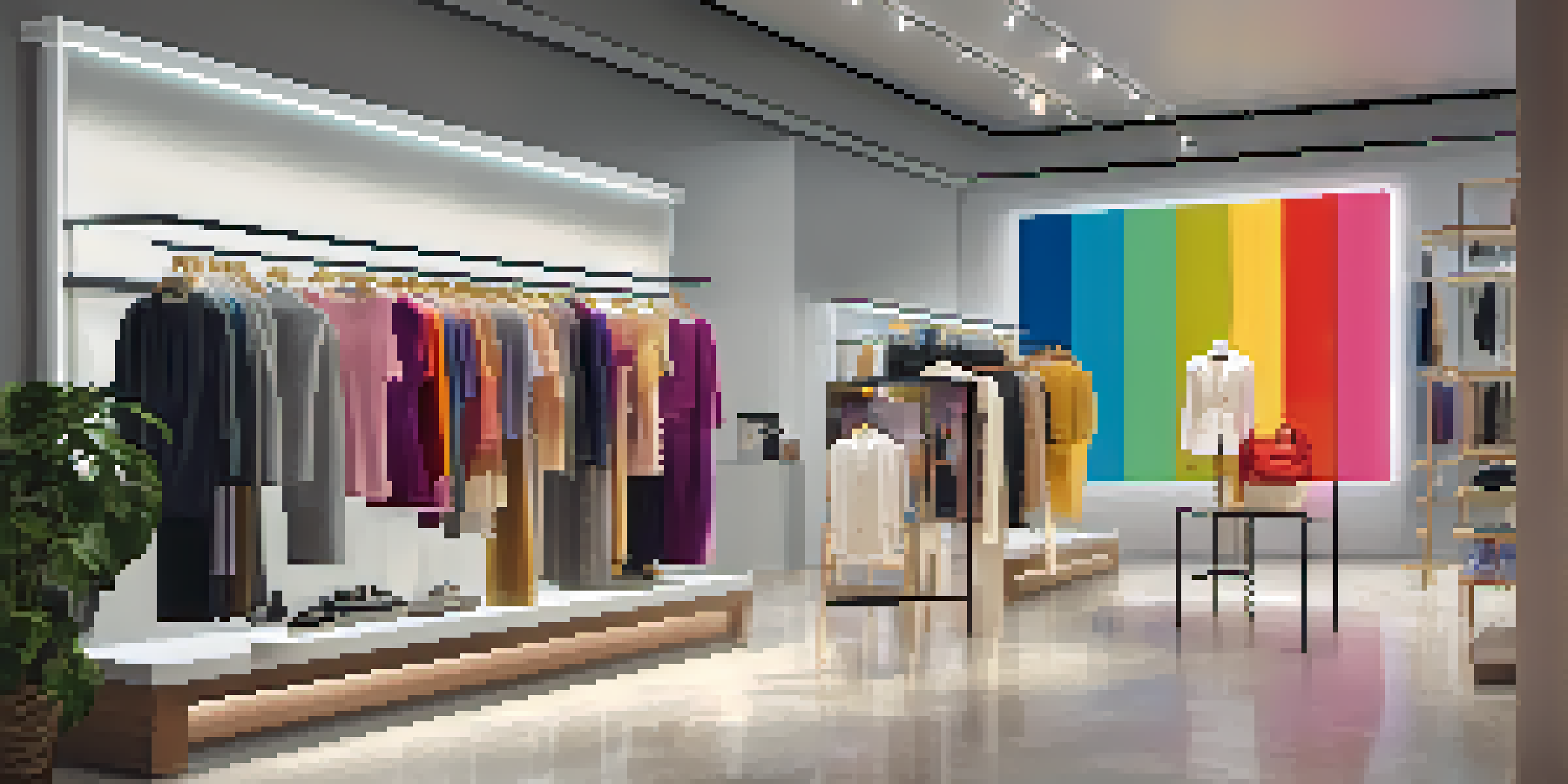The Right to Return: Fashion Industry Refund Policies Explained

What is the Right to Return in Fashion?
The Right to Return refers to the ability of customers to return items they’ve purchased, typically within a specified period. This policy is crucial in the fashion industry, where fit and style can be subjective. It helps build trust between consumers and brands, ensuring that customers feel confident in their purchases. Essentially, it’s a safety net for buyers, allowing them to reconsider their choices without financial risk.
Understanding Refund Policies
Refund policies vary widely across different fashion brands, often influenced by their target audience and business model. Some retailers provide full refunds, while others may offer store credit or exchanges instead. It's essential for shoppers to familiarize themselves with these policies before making a purchase, as this knowledge can save them from potential frustration later. A clear refund policy also reflects a brand's commitment to customer satisfaction.
Returns Build Consumer Trust
The Right to Return policy allows customers to feel confident in their purchases, acting as a safety net against financial risk.
Common Reasons for Returns in Fashion
Fashion items can be returned for various reasons, including wrong size, color mismatch, or simply not liking the product upon arrival. For instance, a dress that looked stunning online might not fit as expected when tried on at home. Understanding these common return reasons can help brands improve their offerings and minimize returns in the first place. By addressing fit issues or providing better product descriptions, retailers can enhance the shopping experience.
The Impact of Online Shopping on Returns
The rise of online shopping has dramatically changed how returns are handled in the fashion industry. With customers unable to try on items before purchasing, the likelihood of returns has increased significantly. This shift has prompted many brands to adopt more lenient return policies to attract online shoppers. As a result, shoppers now expect easy returns, which can influence their decision-making process when choosing where to shop.
Online Shopping Increases Returns
The growth of online shopping has led to higher return rates, prompting brands to adopt more lenient return policies to meet customer expectations.
Consumer Rights and Return Policies
In many regions, consumer protection laws dictate certain rights regarding returns and refunds. These laws ensure that customers are not left at a disadvantage when purchasing products. For example, some countries mandate a minimum return period, which retailers must comply with. Understanding these rights can empower consumers, making them more confident in their purchases.
Challenges Brands Face with Returns
While accommodating returns is crucial for customer satisfaction, it also presents challenges for brands. High return rates can lead to increased operational costs and inventory management issues. Additionally, a frequent return cycle can impact a brand's bottom line, making it essential for retailers to balance customer-friendly policies with sustainable practices. It's a delicate dance that requires constant evaluation and adjustment.
Brands Face Return Challenges
While accommodating returns is essential for customer satisfaction, high return rates can lead to increased operational costs and inventory management issues for brands.
Best Practices for Shoppers
To navigate the world of fashion returns effectively, shoppers should take a few best practices to heart. First, always check the return policy before purchasing to avoid surprises later. Second, keep the original packaging and tags intact, as this can often be a requirement for returns. Lastly, document any issues with the product, as this can help expedite the return process.
Future Trends in Return Policies
As the fashion industry evolves, so too will return policies. Brands are increasingly exploring innovative solutions, like virtual fitting rooms and augmented reality experiences, to reduce returns. Additionally, some companies are adopting a more sustainable approach, encouraging customers to keep items through better fit and quality. Keeping an eye on these trends can help consumers understand where the industry is heading and what they can expect in the future.